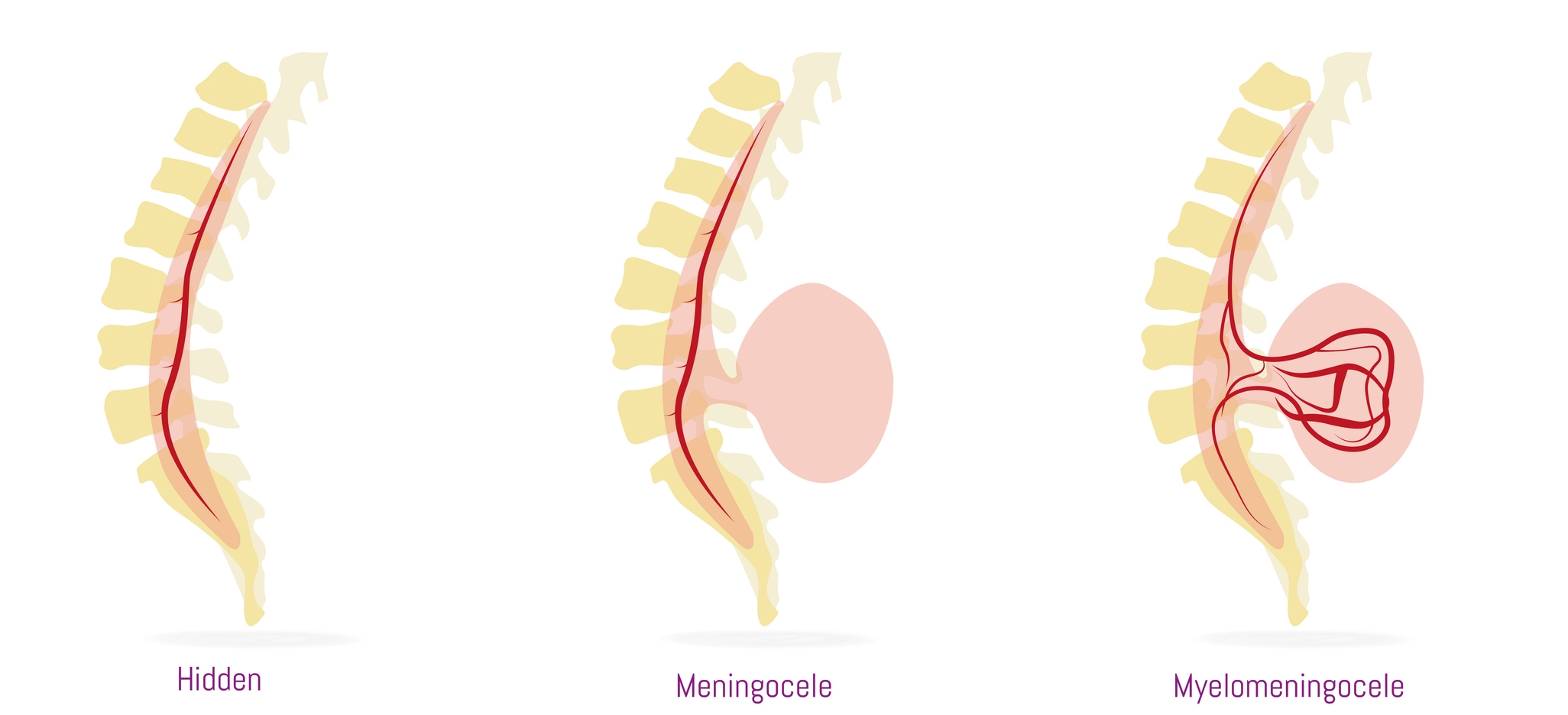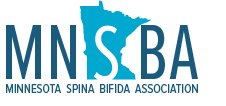Minnesota Spina Bifida Association
The Right Information. The Right Support. When You Need It.
Minnesota families living with spina bifida find guidance, community, and hope with MNSBA.
Resources
Empowering Families with Knowledge and Support
Navigating life with spina bifida is complex. Families and individuals often struggle to find clear, reliable information. MNSBA exists to close that gap – equipping families with the tools they need to face challenges with confidence.

Resources
Helpful Links
Finding the right information and support can make all the difference. We’ve gathered trusted resources, tools, and organizations to help individuals and families living with Spina Bifida access the care, guidance, and community they need. Explore these links to connect with valuable information, support networks, and opportunities to learn and grow.
Spina Bifida
Common FAQ
What is Spina Bifida?
Spina Bifida is a neural tube defect that occurs when the spine and spinal cord don’t form properly during early pregnancy. It can cause physical and neurological challenges that vary in severity.
How common is Spina Bifida?
Spina bifida occurs in about 7 of every 10,000 births in the U.S.
How many people in Minnesota have Spina Bifida?
Around 2,900 Minnesotans live with the condition.
What are the types of Spina Bifida?
The three main types are:
-
Spina Bifida Occulta (mild, often no visible symptoms)
-
Meningocele (a fluid-filled sac outside the spine without nerves)
-
Myelomeningocele (most severe, spinal cord and nerves protrude through an opening in the spine)
How is Spina Bifida diagnosed?
It can often be detected during pregnancy through blood tests, ultrasound, or amniocentesis. Sometimes, it’s diagnosed at birth.

“There are so many resources and that’s what I love.”
You’re Not Alone.
These resources are here to guide and support you—but sometimes the best help comes from connecting with others who truly understand. If you need more information or personal guidance, reach out to the Minnesota Spina Bifida Association. We’re here to listen, support, and walk alongside you.
